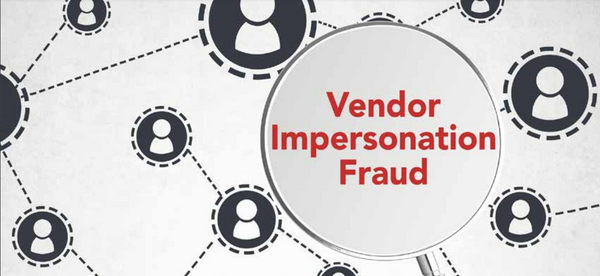Case Study : A Ransomware Time Bomb

Background:
In this case study, we will examine a ransomware attack on a Consumer Packaged Goods (CPG) company that resulted in a 10-day outage. The company initially chose not to pay the ransom but to restore from backups. However, a time bomb embedded in the backups led to a recurrence of the ransomware attack, causing further disruption. We will explore the timeline of the attack, lessons learned, and strategies for detection and prevention.
Timeline of Events:
Day 1-2: Initial Ransomware Infiltration
- The attack begins with a malicious email attachment opened by an unwitting employee, allowing ransomware to infiltrate the CPG company's network.
- The ransomware spreads laterally, encrypting critical files and rendering systems inaccessible.
- The attackers demand a substantial ransom in cryptocurrency for the decryption key.
Day 3-4: Decision Not to Pay Ransom
- The CPG company's leadership decides not to pay the ransom, opting for the restoration of data from backups to maintain ethical and legal standards.
Day 5-8: Data Restoration Efforts
- The IT team initiates the data restoration process from backups, which is a time-consuming effort due to the extensive data affected.
- During this period, the organization believes it is on the path to recovery.
Day 9: The Ransomware Time Bomb
- Approximately 24 hours after the restoration process begins, the ransomware activates a time bomb embedded in the backup files.
- The malicious code spreads once again throughout the network, encrypting data and causing a recurrence of the outage.
Day 10-20: Ongoing Disruption and Recovery
- The CPG company faces additional disruption and downtime as they grapple with the recurring ransomware attack.
- A cybersecurity response team is brought in to address the evolving situation.
Lessons Learned:
Cleaning up the backups prior to restoration to full service is a critical step in ensuring that the ransomware or any malicious code is not reintroduced into the restored environment. Here's how the cleanup process might have been carried out in the scenario described:
- Isolation of Backup Infrastructure:
Cleaning up backups is a delicate and time-consuming process, but it is crucial to ensure that restored data is free of any lingering threats. Organizations must also invest in robust cybersecurity measures and threat detection to prevent such incidents from happening in the first place.
- Immediately upon discovering the ransomware time bomb, the IT team should isolate the backup infrastructure from the compromised network to prevent further contamination.
- Backup Validation:
- Before initiating the restoration process, each backup should be meticulously examined and validated for signs of compromise. This validation process includes scanning backup files for malicious code or suspicious alterations.
- Identifying Clean Backups:
- During the validation process, backups that are deemed clean and free of any ransomware or malware should be identified. These are the backups that will be used for restoration.
- Segregation of Infected Backups:
- Backups that are found to contain ransomware or malware should be isolated and quarantined. These backups should not be used for restoration to prevent the reintroduction of malicious code.
- Scanning and Remediation:
- For the infected backups, a thorough scan and remediation process should be initiated. This involves using specialized security software and tools to clean the infected files or remove the malicious code from the backups. This process can be time-consuming and resource-intensive.
- Testing the Cleaned Backups:
- After the infected backups have undergone the remediation process, they should be revalidated to ensure that they are now clean and safe for restoration.
- Restoration from Clean Backups:
- Once the backups are confirmed to be clean and free of ransomware or malware, the data restoration process can be resumed using these cleaned backups.
- Monitoring and Continuous Vigilance:
- Throughout the restoration process and after service is restored, continuous monitoring and security measures should be in place to detect any signs of a resurgence of ransomware or other threats.
- Post-Incident Review:
- After full service is restored, it's essential to conduct a post-incident review to understand how the ransomware time bomb was embedded in the backups initially. This review can help identify vulnerabilities and weaknesses in the backup and security processes and implement improvements to prevent similar incidents in the future.
Cleaning up backups is a delicate and time-consuming process, but it is crucial to ensure that restored data is free of any lingering threats. Organizations must also invest in robust cybersecurity measures and threat detection to prevent such incidents from happening in the first place.
This incident underscores the ever-present need for vigilance, continuous employee training, and the regular updating of both company procedures and insurance policies. As cyber threats evolve, so must organizational defense strategies.



